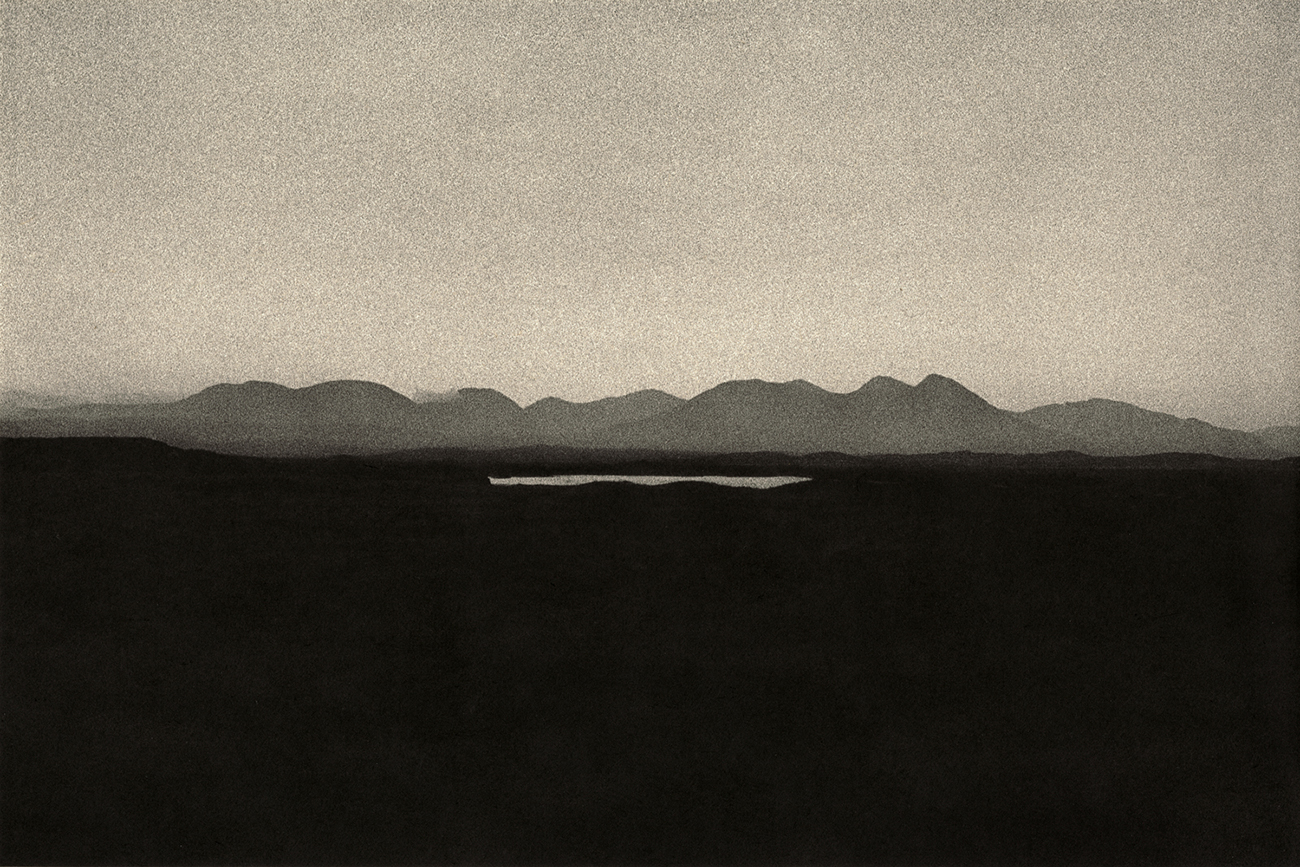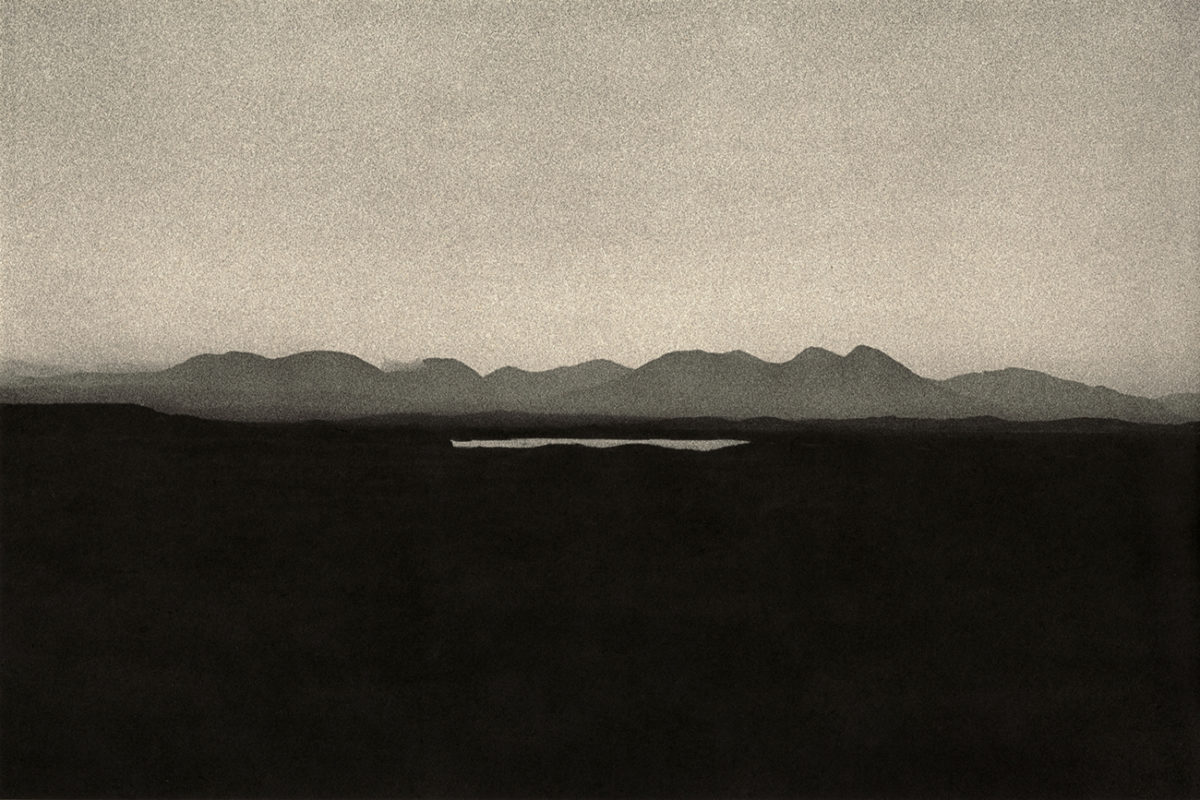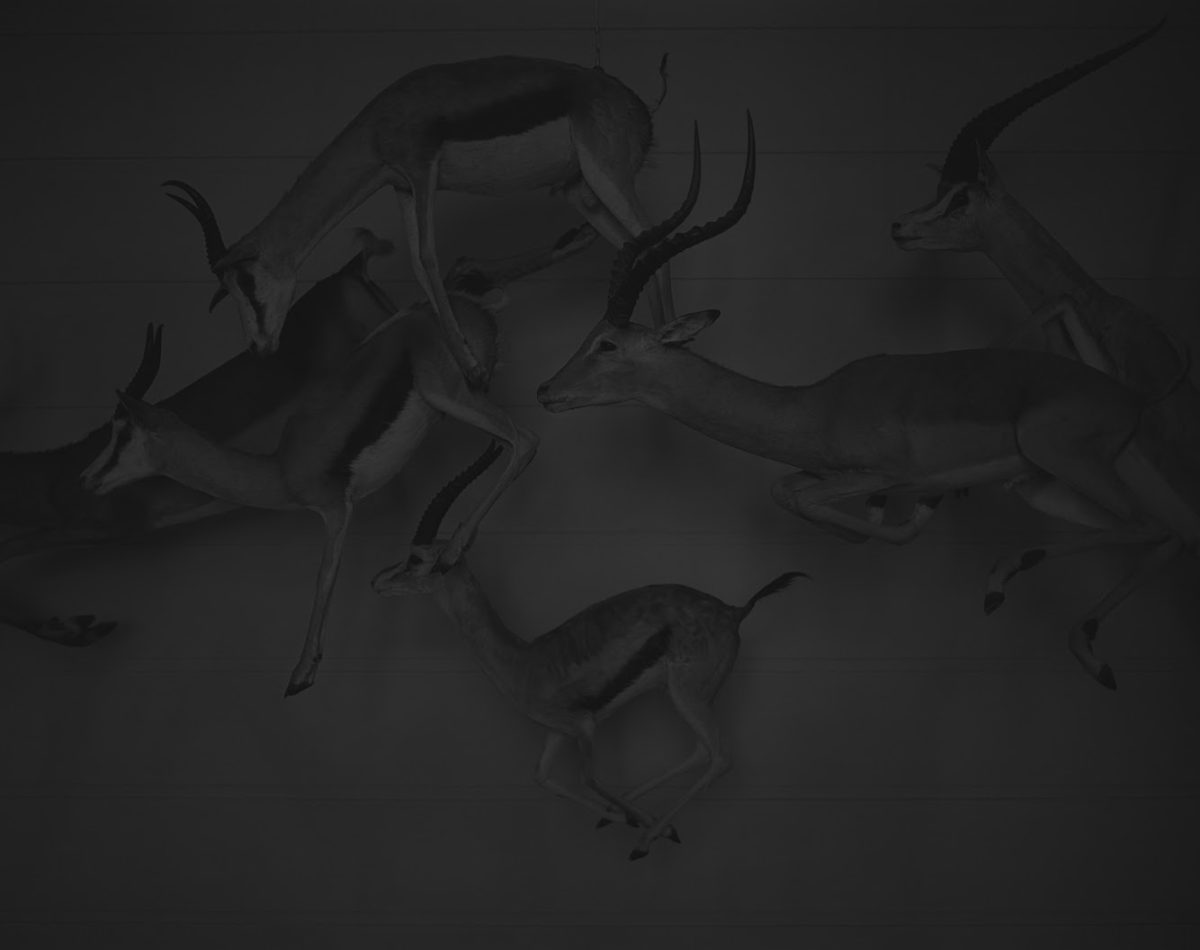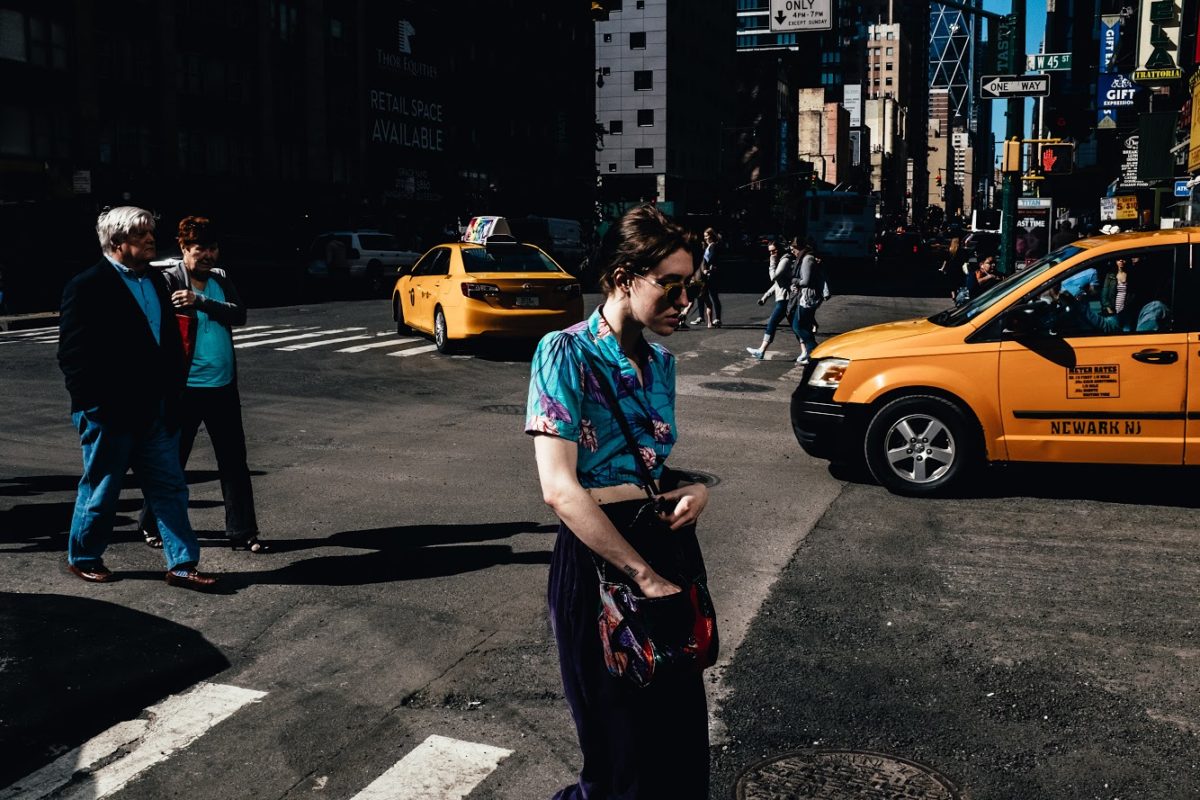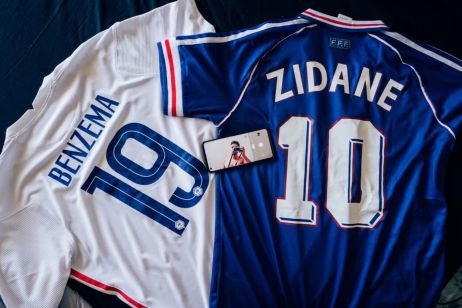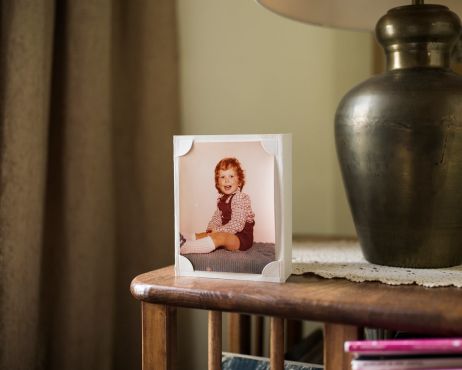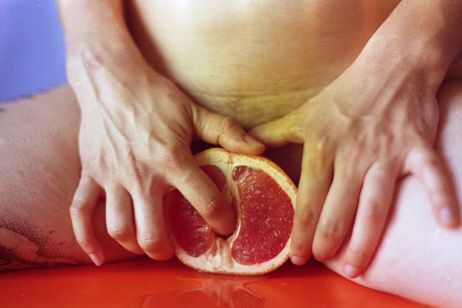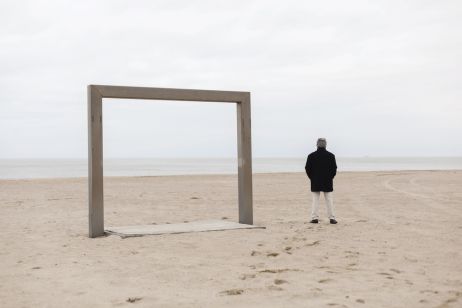The second edition of the InCadaqués festival opened this week-end and welcomes you until September 30th, in an idyllic place. An opportunity to discover several talented photographers, and to recognise a few authors published on our website. Let us guide you.
The summer has not ended yet in Cadaqués. As we arrived by night and were welcomed by the festival team, in a villa overlooking the bay, we immediately felt carried to another time. Might it be the soft breeze, the light of the moon, or the stars shining? We already knew we were going to enjoy our time there. Meeting people, visiting the city and getting lost in its streets, discovering photographers with different aesthetics are precisely what the young festival, created by Valmont Achalme intended.
Putting together your passions
After growing up in Cadaqués and studying photography in Barcelona, Valmont invented the Lumigraph – a tool designed to combine the mysteries of the view camera with the performances of a smartphone. However, he was also a regular at the parties his father used to throw at the Hostal – the club where people of the village would party and where Dalí used to go. When the place closed and the city lost the influence that it had over painters and artists, Valmont had the idea to put together his passions – photography, the village, and meeting new people – and to create a festival, InCadaqués, whose first edition opened last year.
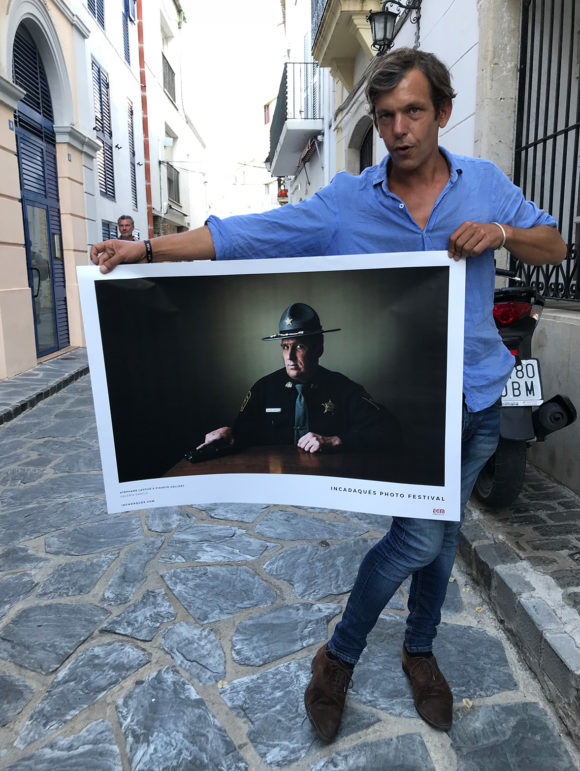
Valmont Achalme © Éric Karsenty
Surrealism
The thirtyish exhibitions making us stroll along the streets and the promenade, near the fishermen’s boats is full of surprises. One of the most astonishing is located a few meters away from the port, in a café, near the Dalí statue. Displayed on a dozen easels, we discover vintage photos of Man Ray, excerpts from a portfolio called La Résurrection des mannequins (the resurrection of mannequins, ed.): a unique encounter. A few steps away, by the water, we dive into a giant tarpaulin by Elio Germani, a young Italian photographer, entitled MarePlurale. At first we only make out the drawings formed by the waves, but as we get closer, we discover a patchwork of migrant portraits. As we keep walking, we arrive in a gallery displaying pictures by Israel Ariño, images produced with wet collodion, an ancient method giving a dreamlike and mysterious quality to the photos.
We then go deeper into the narrow streets, to find new galleries, like the one welcoming Maripol, a famous fashion photographer exhibiting new works. Among them, a beautiful series made in Cuba in the 90s, Salsa y Santeria – a collection of scanned polaroid transfers, widen with warm and sensual colours. A work shown for the first time to the public, which seduced us. Not far from there, we discovered the works of two Japanese photographers, selected by the Yakushima Photo Festival. There, the dark and enigmatic images of Yutaka Komase cought our eye. A shame the space was too small to display more of them. Afterwards, we find the work of Stéphane Lavoué, winner of the Niepce price 2018. His exhibition, showcasing the series The Kingdom is presented by the Fisheye Gallery, partner of the festival.
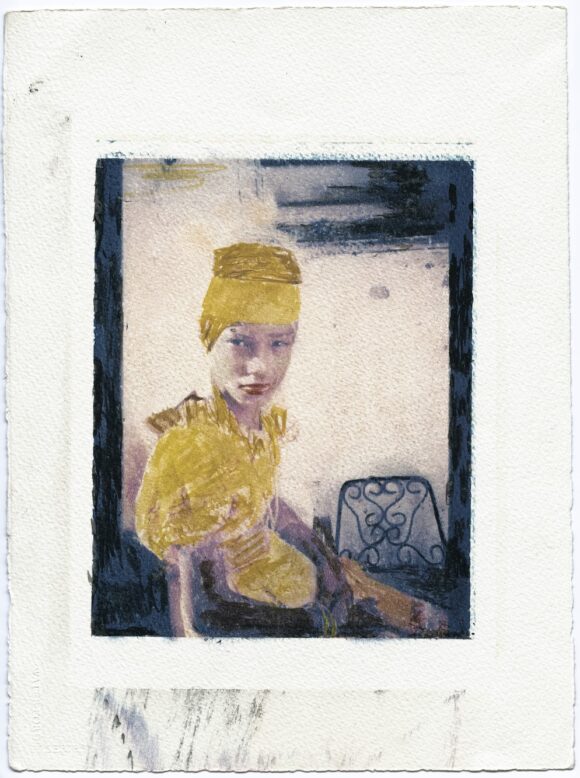

© Maripol
Spain’s first photojournalist
As we go back to the seaside, we find ourselves at the second floor of the Casino – a beautiful and timeless buildings with immaculate white walls – to discover the winners of the Open Call Runners-up. We fell for Dominic Turner, a young Irish candidate, and Alexandra Serrano, already published on Fisheye.fr. In another part of the village, we find historical galleries, showcasing artworks of Marcel Duchamp, Dalí and Picasso. There, the festival pays a tribute to Joana Biarnés, born in 1935, considered to be Spain’s first photojournalist. In the same area, we notice a beautiful photo of Sebran d’Argent, in which bodies seem unreal, struck by a milky and sensual lights, reminding us of old polaroids. Finally, our followers will be happy to know that the works of Mélanie Desriaux and Kalel Koven, members of the InFrame collective, are displayed in a beautiful place fully renovated by the festival. The two were assisted by a dozen students from the Gobelins.
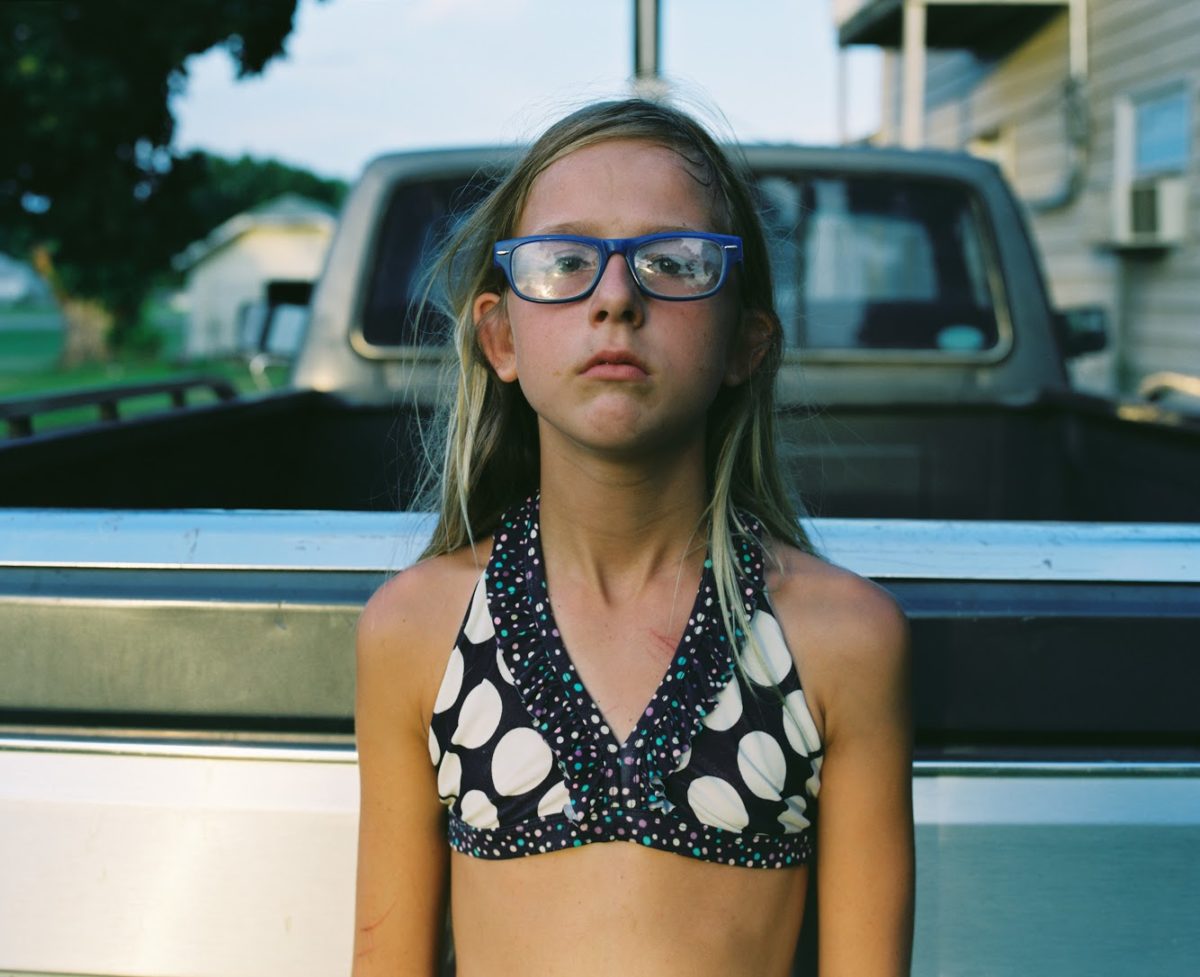
© Mélanie Desriaux
A vibrant energy
Carried by Valmont Achalme and his small team – Olivia Seigneurgens, Loreleï Buser Suero, Nadia Lessard, Alex Marillat, Eric Marais and Paul Icard – this young festival, completely self-financed with a small budget of €25,000 and a few partnerships – like Granon Digital’s, which edited four booklets in risography serving as catalogues – can still improve over the years. The artistic direction of a few exhibitions, especially, whose image selection was too broad, and a few places (shops and restaurants) which, as nice as they were, were one level lower than the rest of the programme. But we enjoyed ourselves, and believed we found the vibrant energy that was present at the beginning of the Rencontres d’Arles, almost half a century ago. This must be why the pictures of Dalí by Lucien Clergue were exhibited last year. A passion for photo and new encounters which deserved to be shared.


© à g. Sebran d’Argent & Éric Karsenty (Man Ray, et la statue de Dali)
© Dominic Turner
© Israël Ariño
© Kalel Koven
Cover picture © Dominic Turner
